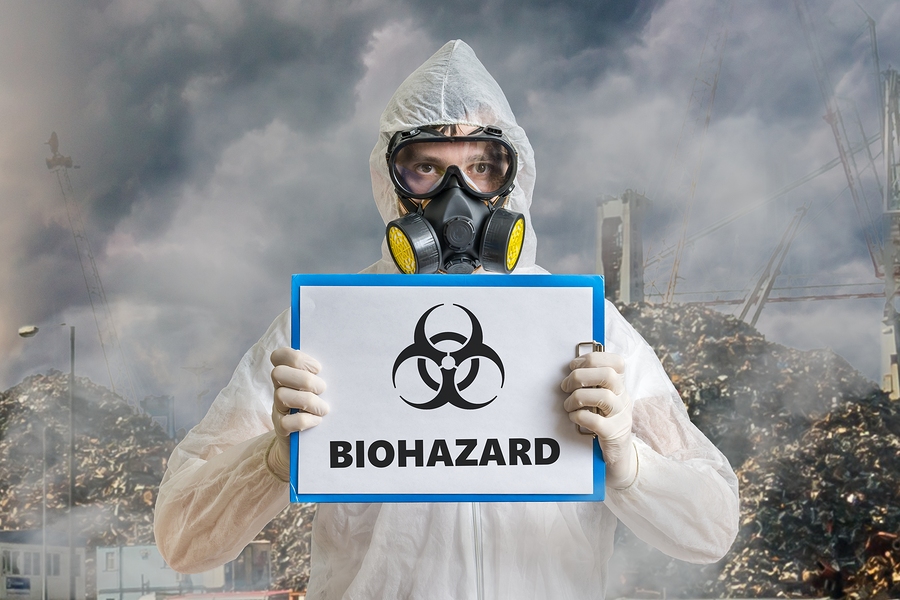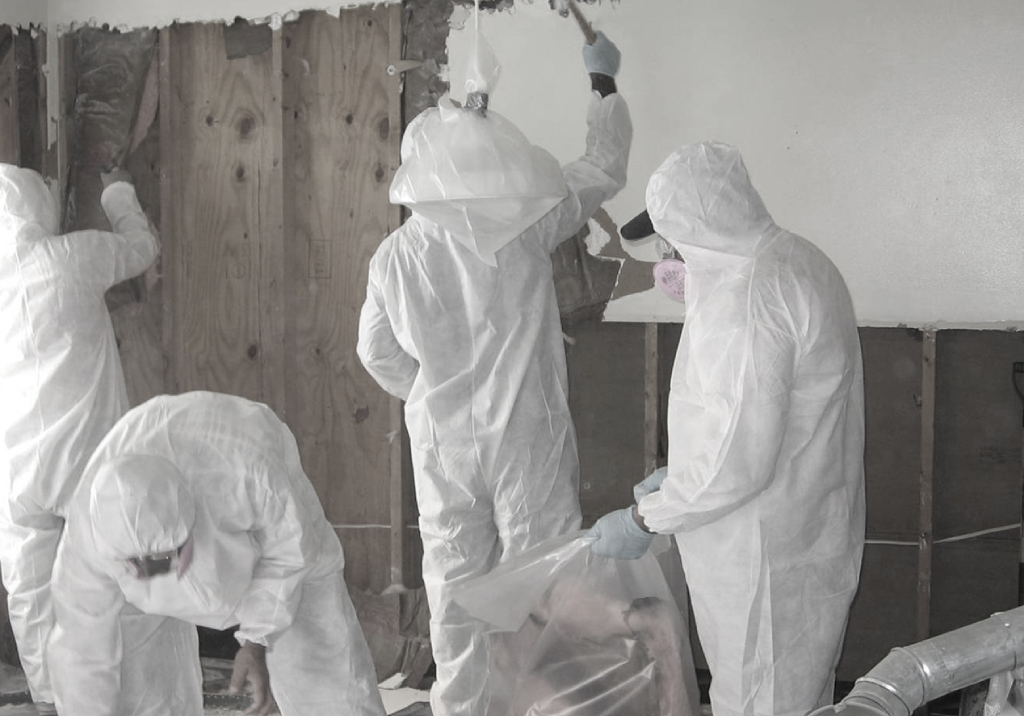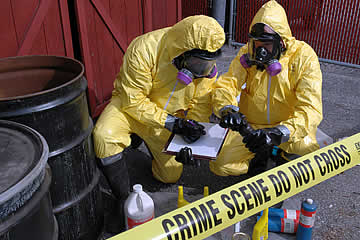Hoarder Cleanup Providers: Fixing Order and Security in your house
Specialist Biohazard Cleanup for Criminal Activity Scenes, Injury Incidents, and Contaminated Rooms
In the world of specialist biohazard clean-up, thorough focus to information and adherence to security protocols are critical. As we delve into the intricacies of biohazard cleaning for these delicate atmospheres, a deeper understanding of the challenges and crucial procedures entailed will emerge, dropping light on the indispensable duty of specialist cleaning solutions in restoring safety and tranquility of mind.

Significance of Biohazard Cleaning
Biohazard clean-up complying with criminal activity scenes and injury cases is critical for guaranteeing the safety and security of individuals and the atmosphere. When these incidents happen, they typically leave a selection of biohazards such as blood, physical liquids, and various other potentially contagious products. These substances can harbor hazardous virus like viruses and microorganisms, posing major wellness threats if not effectively cleansed and sanitized.
Professional biohazard cleanup solutions are educated to deal with these harmful products securely and efficiently. They have the essential tools, such as individual safety equipment and specialized cleansing agents, to completely decontaminate the impacted areas. By leaving the cleanup to trained professionals, individuals can avoid exposure to damaging virus and stop the spread of infectious diseases.
Moreover, correct biohazard clean-up is vital for protecting the setting. Improper disposal of biohazardous materials can infect dirt, water sources, and air, posturing a risk to wild animals and the ecosystem. By adhering to stringent clean-up methods, professionals can ensure that biohazards are securely eliminated and thrown away based on guidelines, reducing the risk of ecological contamination.
Kinds Of Biohazards Encountered
Various hazardous products typically experienced in criminal activity scenes and injury incidents present considerable health and wellness dangers if not taken care of effectively. Blood and bodily fluids are amongst the most usual biohazards discovered in these situations. These fluids can lug pathogens such as HIV, liver disease B and C, and various other dangerous bacteria. Additionally, cells, body organs, and body parts can also position major wellness risks as a result of prospective contamination.
Another type of biohazard often come across is sharp items like needles, damaged glass, and various other things that can cause injuries and transfer infections. Chemical dangers are additionally an issue, as criminal activity scenes may include materials like tear gas, pepper spray, or medication production products that call for specialized handling and disposal procedures to avoid further damage.
In addition, mold and bacteria development can take place in spaces where decay or extended direct exposure to moisture has actually taken place. These microorganisms can release toxins and irritants into the air, presenting respiratory system threats to those revealed. Overall, biohazard clean-up experts have to be trained and well-equipped to efficiently manage these different sorts of hazardous products to ensure the safety and security of themselves and others.
Tools and Protective Equipment
When resolving the vital task of dealing with biohazards encountered in criminal offense scenes and trauma incidents, the application of correct tools and protective gear is critical to guaranteeing the safety of individuals associated with the cleaning process. Personal safety tools (PPE) such as gloves, coveralls, goggles, and masks are necessary to stop direct contact with potentially harmful compounds. Respirators are critical when taking care of biohazards that might come to be airborne, protecting employees from inhaling hazardous particles. Specialized cleaning devices like biohazard bags, sharps, and disinfectants containers are essential for the risk-free collection click and disposal of contaminated materials. Additionally, heavy-duty tools such as industrial-grade cleaner, foggers, and ozone generators may be called for to thoroughly disinfect the affected location. Guaranteeing that all tools is appropriately maintained, routinely examined, and used according to safety and security standards is vital in decreasing the threat of exposure to biohazards throughout cleanup operations.
Cleaning Refine and Strategies
Thorough and efficient cleaning of biohazardous materials from criminal offense scenes and injury occurrences needs precise interest to detail and adherence to stringent security protocols. The cleaning procedure usually includes several key actions. Initially, the area should be assessed to determine the level of contamination and the proper cleaning techniques required. Next off, all biohazardous materials, including blood, physical liquids, and tissue deposits, need to be carefully removed and gotten rid of according to regional policies.
Complying with the elimination of biohazardous materials, the afflicted area goes through a detailed cleaning and sanitation process. This action includes making use of specialized cleaning up representatives and equipment to ensure that all traces of contamination are gotten rid of. After cleaning, the location is subjected to extensive testing to confirm that it is secure and free of any type of remaining biohazards.

Decontamination and Disposal Procedures
To ensure thorough decontamination and proper disposal of biohazardous products, complying with the meticulous clean-up process, particular treatments need to be diligently followed with strict adherence to safety methods. Purification includes the removal or neutralization of contaminants to minimize the threat of direct exposure and spread of dangerous substances. This procedure normally includes cleansing, disinfecting, and disinfecting the afflicted location utilizing customized tools and EPA-approved chemicals.
Once purification is completed, correct disposal of biohazardous materials is important to prevent further contamination or damage. Biohazardous waste, such as blood-soaked products or bodily liquids, need to be meticulously gathered, packaged, and identified according to governing guidelines. ATP testing. These products are after that carried to certified facilities for disposal with proper channels, making certain compliance with regional, state, and government regulations

Conclusion
To conclude, professional biohazard cleaning is essential for making certain the safe and reliable removal of hazardous products from criminal activity scenes, injury occurrences, and polluted spaces. By making use of specific devices, protective gear, and adhering to appropriate cleanup procedures and methods, biohazard cleaning groups can efficiently sanitize and get rid of of biohazards, reducing the threat of exposure and injury to people and the atmosphere.
As we delve into the intricacies of biohazard clean-up for these sensitive settings, a deeper understanding of the challenges and important procedures entailed will arise, dropping light on the essential function of specialist cleanup solutions in restoring security and peace of mind.
Specialist biohazard cleanup solutions are trained to manage these hazardous materials securely and successfully. By following stringent cleaning protocols, experts can ensure that biohazards are safely eliminated and disposed of in accordance with regulations, minimizing the danger of ecological contamination.
On the whole, biohazard cleanup experts must anonymous be trained and well-equipped to properly handle these different kinds of unsafe materials to ensure the security of themselves and others.
When resolving the vital job of taking care of biohazards encountered in crime scenes and trauma occurrences, the application of proper equipment and protective gear is critical to making sure the security of people entailed in the cleaning procedure.